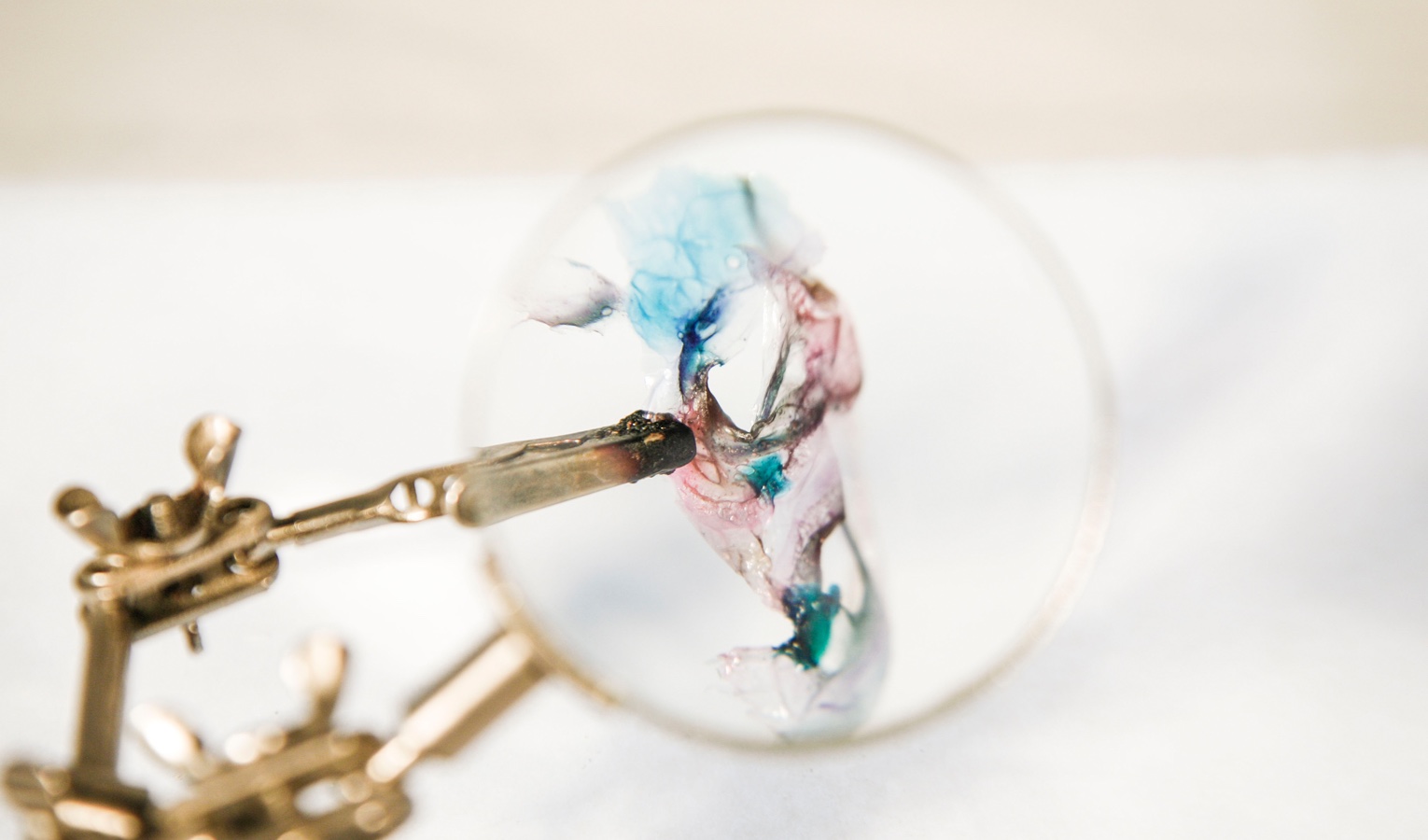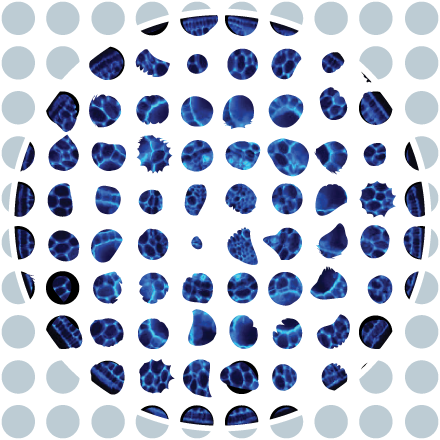Cultivate
A Wetware Store

Melanie Crean
Christopher Romero
Writing and ResearchEthan D Silverman
Ethan D Silverman
“Look around you. The buildings that we surround ourselves with are dead matter. Cities have become graveyards of life cycles that abruptly ended: a brick will never be fertile earth again, no seed will ever spring forth from the soil incarcerated and contorted in its cartesian hold.
This project aims to challenge us to move away from this anthropocentric way of design which turned its back on nature in an effort to shelter us from it, towards a biocentric system of design that places nature back in the center of the cycle.
By collaborating with nature we can develop materials and technologies to create a new built environment that does not take from the earth and will allow a sustained lifecycle for both man and matter. In this soon to be reality you don’t have to be a biologist or scientist either; but you will be all be able to GIY* much like we currently DIY our own solutions for design and building applications.
*Grow It Yourself.”
“We do not often consider that the materials that we use were once living, and if not living, then part of a living system. By taking it out of the system, we are not only stopping a life, but sending shockwaves of irreparable tears in all the cycles that this entity was part of, including our own. On an ontological level this means that all “matter” has ability to affect change and therefore has a degree of agency. This realization challenged my preconceived notions of design and forced me to consider a radical new approach to the world that we build around us.
In the traditional approach to architecture one is inclined to think about space, light and mass and how the human fits into this composition. But I believe we need to reconsider this anthropocentric view and develop an architecture that concerns itself firstly with the meaning of matter, only after which it can start thinking about the creation of space. The achievement of beauty will then develop naturally.
Humans history is premised on the discovery and development of new materials and material technology. Copper and bronze gave us our first tools, and as more materials were discovered and developed we created extensions of ourselves and our environments to make us stronger and more powerful. We are finally reaching a period of time where technology is so advanced that we can program intelligence artificially and create synthetic biology. This means that matter can be perceived as alive, and life is matter. Ergo, man is material. So what relevance does this have to a new architectural approach? And how does one explore this in a project that is not only executable, but will also makes sense?
This project aims to answer these questions by exploring and develop new material and construction techniques, encouraging discourse around the term “living matter” and educate on the amazing design potential of collaborating with nature.
The medical sector’s use of biology is probably the first industry to fully grasp the potential of this agency of matter. They are developing artificial forms of tissue, finding ways to modify the human genome and soon will be growing artificial forms of life that could bring the beat back to a heart and a clap or footstep back from a lost limb. If this is easy to comprehend, why can we not apply this technology to the materiality and ways of fabrication in the built environment? Can we grow natural materials in an artificial way using the intelligence of biology, but without affecting the biology itself?
Artificial should not be a curse word in the natural world. If we can grow and culture new materials in man-made environment, we no longer need to harvest it from the nature. Furthermore by collaborating with nature, we have an infinite resource to discover new design technologies and methodologies from the world’s most successful ‘built’ environment.
This is not as far fetched as it seems. I am not a scientist, but I am currently researching biofabrication techniques to develop new architectural materials. Biofabrication is a method of fabricating actual living structures through physical and biological science. At present, as mentioned above, it is being used in the medical sector to develop small scaffold constructions, new tissue surfaces and is engineered (which does not mean genetically modified) to take on the physical properties of the original matter that it stems from without any harm to the originator. So if are doing this on a micro scale, how long with the speed of today’s technological advances can this be applied to a macro scale. Isn’t architecture scaffold and skin constructions? How can we start applying this today?
I am currently growing both mushrooms and algae tissue cultures. Mushrooms and algae both contain polysaccharides that can be used as biopolymer in the creation of biodegradable plastics. The fibers of the mushroom can also function as an alternative to wood, cork and even brick and can easily be shaped into structural materials, insulation and decorative elements. I am hoping to develop the biopolymer far enough that it one can 3d print with it. So by growing one small culture outside of our natural resources, I have access to new materials and not to mention food.
Much like early coders taught themselves to code and hack, biology has opened its doors and we all can start growing and culturing our own materials. One also gains an immense amount of respect for the material around us when you nurture it from scratch.
Due to newness, and seemingly complex nature, of my subject matter I have often noticed that listeners grow weary when I discuss the scientific research and philosophical reasoning behind my work, but allowing people to see and touch the physical discoveries and to follow the adventure of my novice approach to biotechnology get people excited and interested in the immense possibilities of biological materials. I set out to create the right environment where the users could engage with real, grown materials, but also see the future of living in and with our architecture.
It is impossible to imagine just how radical the changes might be, but by focusing on what we might have access to in this new future, we might be able to conceptually frame these idea. So where would one start, if you were to start growing and cultivating your own environment. At the Cultivate Store of course.
Cultivate is a wetware store, the evolutionary next generation of the homeware store. The products will be displayed in a homeware store scenario that speaks of the how we might build in the future and will show products that “support” and “repair” living architectures and design.
The wetware store will comprise of a series of products, both actual and speculative, that challenge us to think about the future of the built environment on an aesthetic, physical and ontological level. It will also show that you don’t have to be a biotechnologist or scientist to engage with the biology.
The artifacts will either be grown or speculative in nature. The grown series will be created using current biofabrication techniques such as mycelium biopolymers, algae gels, bone and skin to show what is being done. The speculative series will be crafted but backed by research of concepts that are currently being proposed in biomedical and molecular gastronomy fields. The artifacts will allude to how we can start using biology as building blocks or even for consumer facing products that will not be designed by biotechnologists, but by artist or architects.
The store will stock 4 different material groups:
• Cellular (consider mammalian origins)
• Crystalline (consider coral, bone origins)
• Gel (consider slime, nano, goo)
• Matrix (consider proteins, polysaccharides)
There are also four categories (or subbrands) that stock the material at the stage of development that the user might need for their home improvement projects:
Cultivate Origins : Cellular starter cultures
Cultivate Surface : Surface or tissue cultures
Cultivate Dimensions : Fully grown ‘ready made’ objects or organs
Cultivate Stimulus : Machinery that would would be responsive to the environment or could be responsible for biological processes such transcription, translation, secretion and motility etc.
I hope that the project will be educational, not only showcasing innovative new practices in the biofabrication realm, but also to designers, students and any keen tinkerer that is interested in growing a better future.
It is my intention that the project breathes, swims, squirms and displays other signs of vitality to get the users to engage with architecture and biology on an eye-opening new level.”

Annelie Koller
I am a multidisciplinary creative with roots in architecture and currently branching out in biology and technology. For too long architecture has been about creating a place for man, but I believe it is time that man starts finding its place in nature. Between architecture and biology I have delved into the worlds of copywriting, film, publishing, advertising, brand experience design, client service and digital marketing. And since my time at Parsons I can also make an LED blink (with code).
